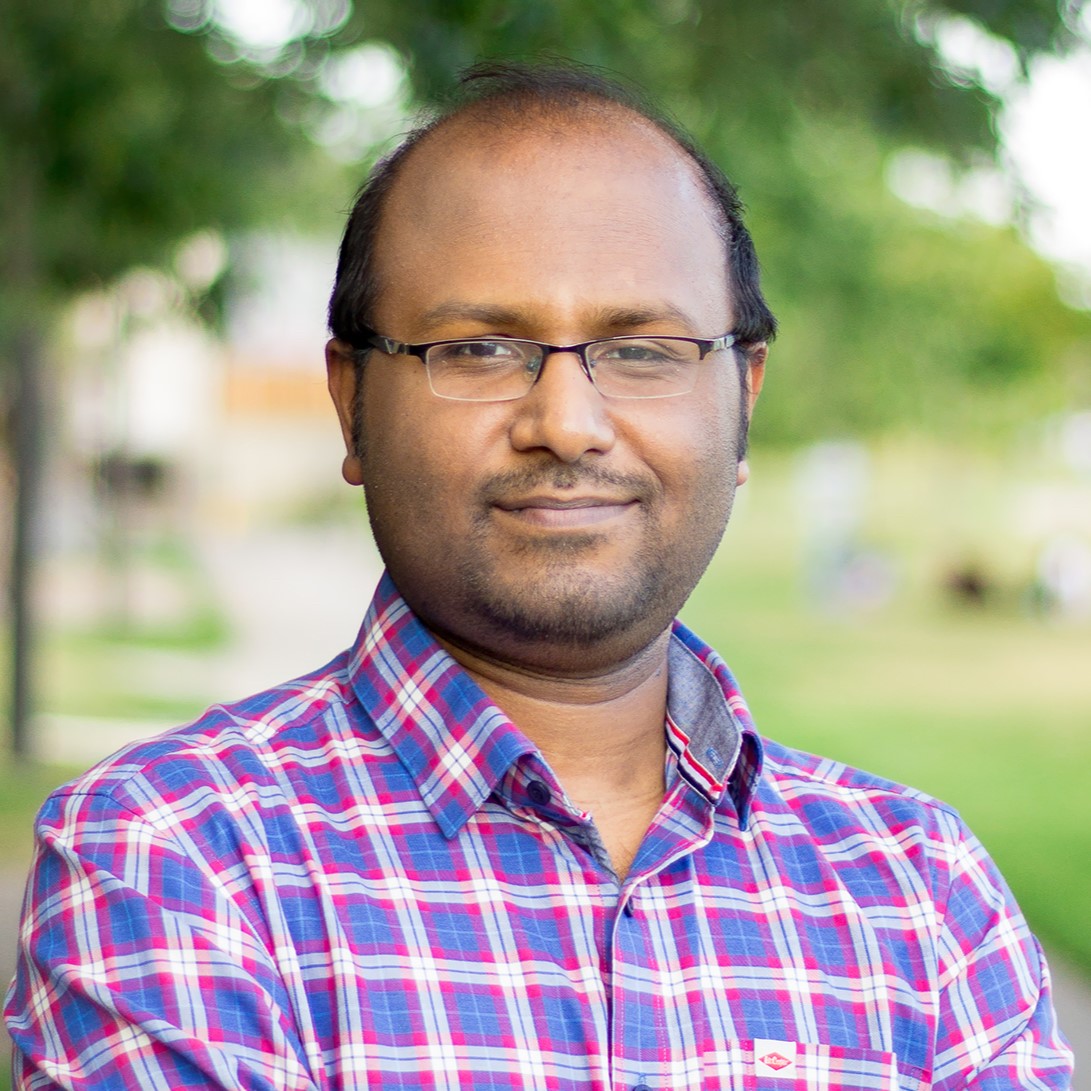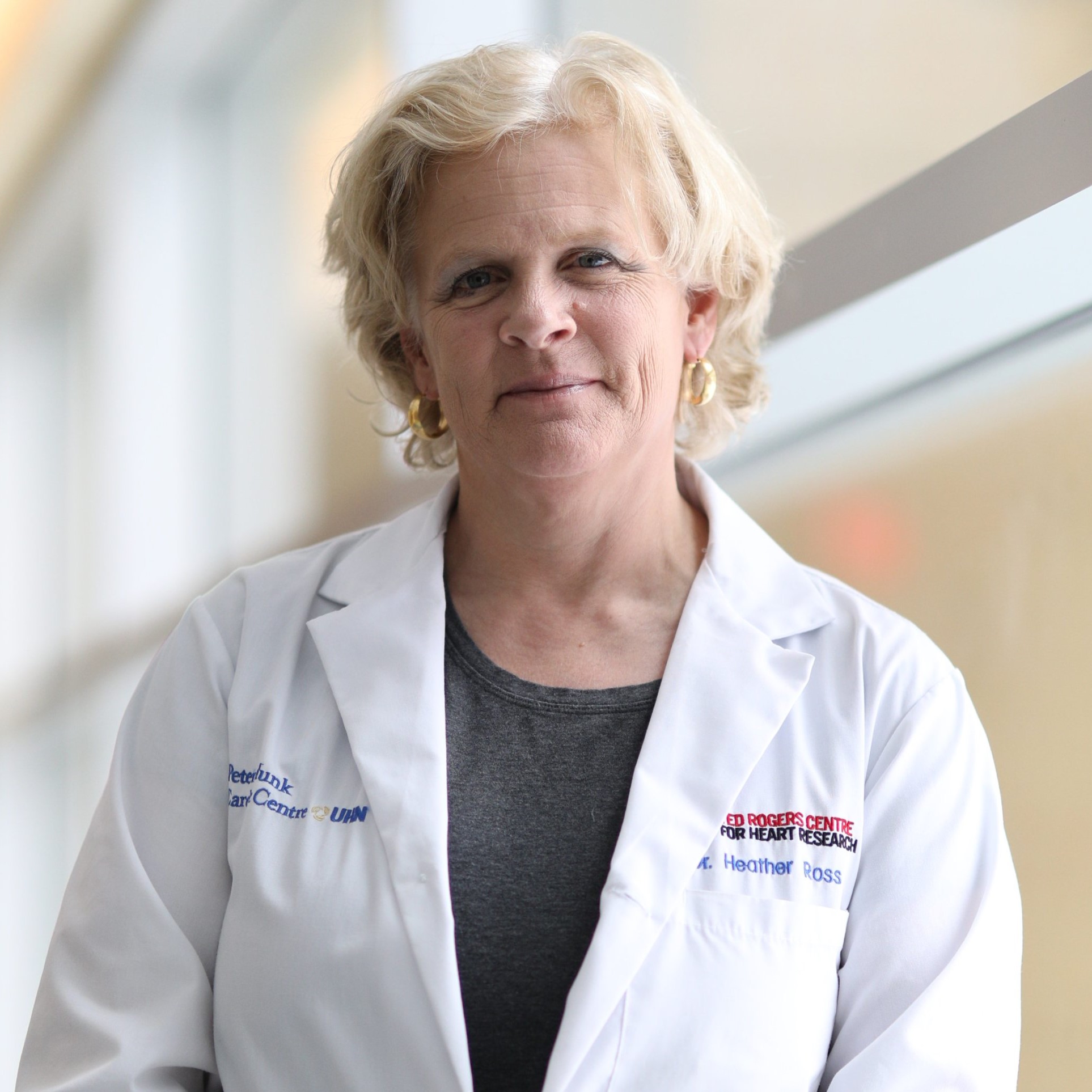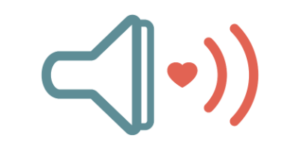When it comes to blood pressure monitoring, TRANSFORM HF’s 2023 Seed Grant recipient Alex Mariakakis and his team are all ears.
Mariakakis, an Assistant Professor in the Department of Computer Science at the University of Toronto, has been awarded a $70K Seed Grant for his project Accessible Blood Pressure Estimation with Earbuds. As a ubiquitous computing researcher, his work leverages pervasive technologies (smartphones, wearables, even WiFi) for use in human-centred applications.
We sat down with Prof. Mariakakis to learn more about his project and how he is revolutionizing digital health for heart failure care.

Q: Can you describe your project in layman’s terms?
At our core, we’re interested in trying to make blood pressure assessment more accessible to everyone.
Blood pressure cuffs are the gold standard for blood pressure assessment, but they can only be used on occasion: Someone has to sit down, put the cuff on their arm, and remain still to complete the measurement. This process can be cumbersome, and people might not wear the cuff properly or follow the official protocol for measurement. And of course, people must own blood pressure cuffs for self-monitoring at home.
We’re interested in leveraging existing technology – earbuds – to remove the cost of a blood pressure cuff and increase the ease of at-home blood pressure measurement. Our moonshot is to facilitate regular assessment of blood pressure and support self-management of heart failure.
Many earbuds have noise-cancelling technology, which relies on having an outer microphone and an in-ear microphone. The outer microphone listens for ambient sound, while the in-ear microphone listens to what’s happening inside the ear. It turns out that the in-ear microphone is able to pick up on some very interesting sounds inside the body, including heart sounds!
Research has shown that you can use the audio recorded from inside the body to measure heart rate, but you’re really able to get the same sounds you would hear from a stethoscope. We’re hoping that we can analyze these heart sounds using different signal processing techniques to infer someone’s blood pressure.
Q: Walk me through how a person with heart failure would use this technology.
The nice thing about using earbuds for blood pressure monitoring is that people wouldn’t need to do anything differently than what they would normally do with them. The idea is that you would just wear the earbuds, the in-ear microphone would collect audio and transmit it to your smartphone using Bluetooth, and the phone would analyze the heart sounds to determine your blood pressure. That information could be shown to you, or it could be delivered to your care team.
Any earbud that has an in-ear microphone will be able to utilize this technology. So as long as patients already have active noise-cancelling earbuds, the technology will work!
Because earbuds can be used in noisy places and heart sounds can be very subtle, a quiet environment is going to be key for effective use. So, the most practical use case for this technology would be a telehealth consultation when people are often seated inside their homes.

Our moonshot is to facilitate regular assessment of blood pressure and support self-management of heart failure.
Q: How do earbuds differ from other sensing technologies?
More and more, we see smartwatches coming out with the ability to provide health metrics like heart rate, blood oxygenation, sleep scores, and stress metrics. Why not earbuds? I think earbuds can do a lot of the same things, and in some cases better.
For example, a lot of the smartwatch-based systems for estimating blood pressure rely on looking at blood flow at a single site. The advantage of earbuds is that you get two locations – the left ear and the right ear — which can give us twice the amount of information. Some researchers have also found that we can measure blood pressure based on how long it takes for a heart pulse to go from one location of the body to the other. You can do this kind of estimation with a smartwatch, but the distance between points does not give a lot of room for error; with earbuds, you get a much larger distance. That’s one of the exciting opportunities where we think that we can actually outperform smartwatches!
Q: Through this project, TRANSFORM HF is welcoming a new partner into its network – Tsinghua University. Can you talk about what role they will play in the project?
I’ve known Yuntao Wang (Assistant Professor, Tsinghua University and project Co-Investigator) for a few years. When I was in Seattle, he was a visiting researcher and we collaborated on multiple projects. He’s a really great guy, and it just so happens that he has also been doing research with earbuds! For example, in one project, he created a lightweight algorithm for detecting coughs from the audio recorded by earbuds.
Beyond bringing his technical expertise, Yuntao will also help us to generate a more diverse data set. We are hoping to do some data collection in China, which will be really helpful for ensuring that we have a diverse cohort. It will allow us to check that our algorithms apply to different populations, making us more confident in whatever we develop.
Q: What are the next steps after this Seed Grant?
We’re very interested in monitoring blood pressure through any ubiquitous sensing mechanism. One study we’re hoping to do alongside this project, or maybe a little later, would be to compare and contrast all the different technologies being considered for blood pressure monitoring – earbuds, smartwatches, smartphones – to see what works best. Can we get better performance with earbuds versus a smartwatch? Can we combine a smartwatch and earbuds to get an even more accurate measurement?
Eventually, we want to deploy this in clinic. This will help us to answer all sorts of questions related to how we would integrate this kind of technology into health care: What benefits are there to measuring blood pressure multiple times a day for patients and clinicians? Is showing the data enough, or do we need to help people put that data into context? We also want to deploy our technology to those who are underserved; I am hoping that the TRANSFORM HF Seed Grant will help us initiate engagement with different groups, including Indigenous communities.
I see earbuds as one of the next platforms – not just for blood pressure monitoring, but for digital health in general. I think the sky is the limit.

Meet the research team, led by Primary
Investigator Alex Mariakakis!

Joseph Cafazzo
Executive Director, Biomedical Engineering, UHN

Shumit Saha
Assistant Professor, Institute of Health Policy, Management and Evaluation (IHPME), University of Toronto

Heather Ross
Head, Division of Cardiology, UHN

Yuntao Wang
Assistant Professor, Department of Computer Science and Technology, Tsinghua University

Ken Christofferson
PhD Candidate, Department of Computer Science, University of Toronto
Funding for the 2023 Seed Grant runs until the spring of 2024. Stay tuned for updates on Alex and his project!
To learn more about TRANSFORM HF’s funding opportunities, please visit our Opportunities page.

